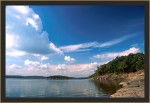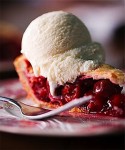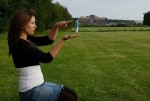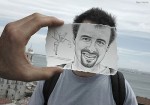 For a lot of us, landscape photography is one of our favorite past-times.
For a lot of us, landscape photography is one of our favorite past-times.
It can get a little frustrating if we’re not producing the standard of shots that we would like to however.
Luckily, there’s a quick and easy rule that can save your daytime landscapes (or any other daytime shot for that matter), at least in terms of exposure and light.
It’s called the f/16 Rule and is sometimes known as the Sunny 16 Rule.
Quite simply the Sunny f/16 Rule states that: On a bright sunny day, with camera aperture set to f/16, the shutter speed will be 1 over the ISO value. eg when using ISO 100 , aperture set to f/16 the shutter speed will be 1/125 (closest to 100).
So if you were using ISO 50 shutter speed would be 1/60, and when using ISO 200, shutter speed will be 1/250. You get the idea. From this information you can derive other combinations that give the same exposure eg (f/16, 1/125s), (f/8, 1/250s), (f/5.6, 1/500s) etc. Less and less people tend to use this rule due to cameras with auto exposure etc, but knwoing and understanding this rule is useful to have as a starting point to roughly calculate exposures – cameras sometimes get it wrong!
In bright sunlight, it is fairly easy for a camera’s light meter to be thrown off by light colored or shiny surfaces. For this reason, many professionals rely on the Sunny f/16 rule in these conditions. The rule works well with both film and digital photography. After you become comfortable using the basic Sunny f/16 Rule, you can start making adjustments in exposure for sidelight (+1.0 EV), and backlight (+2.0EV) in the photographs you make in bright daylight.





